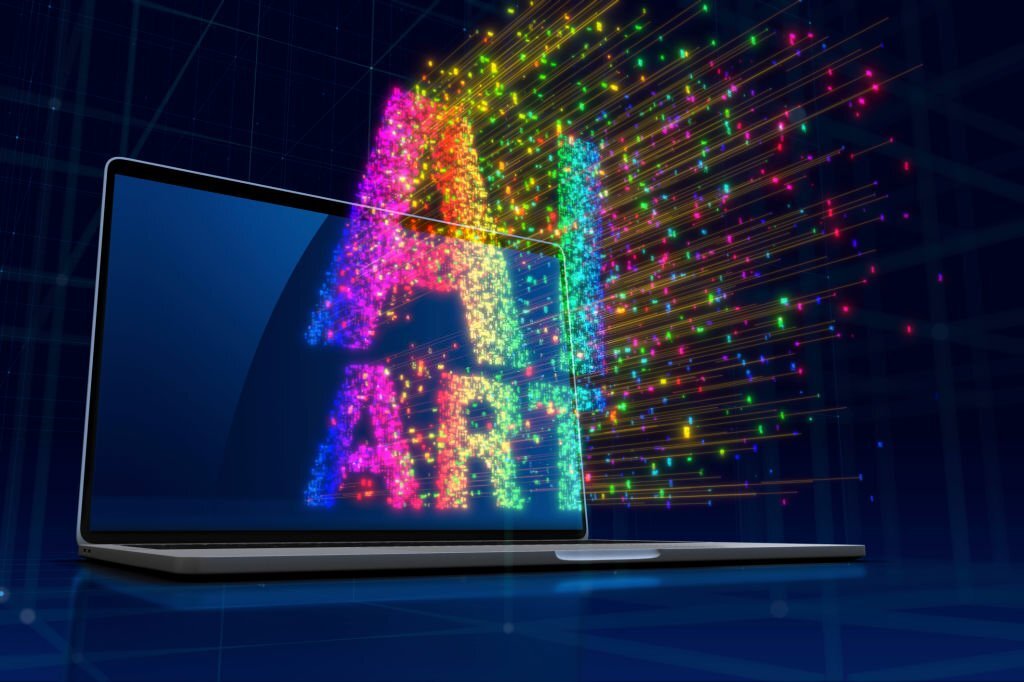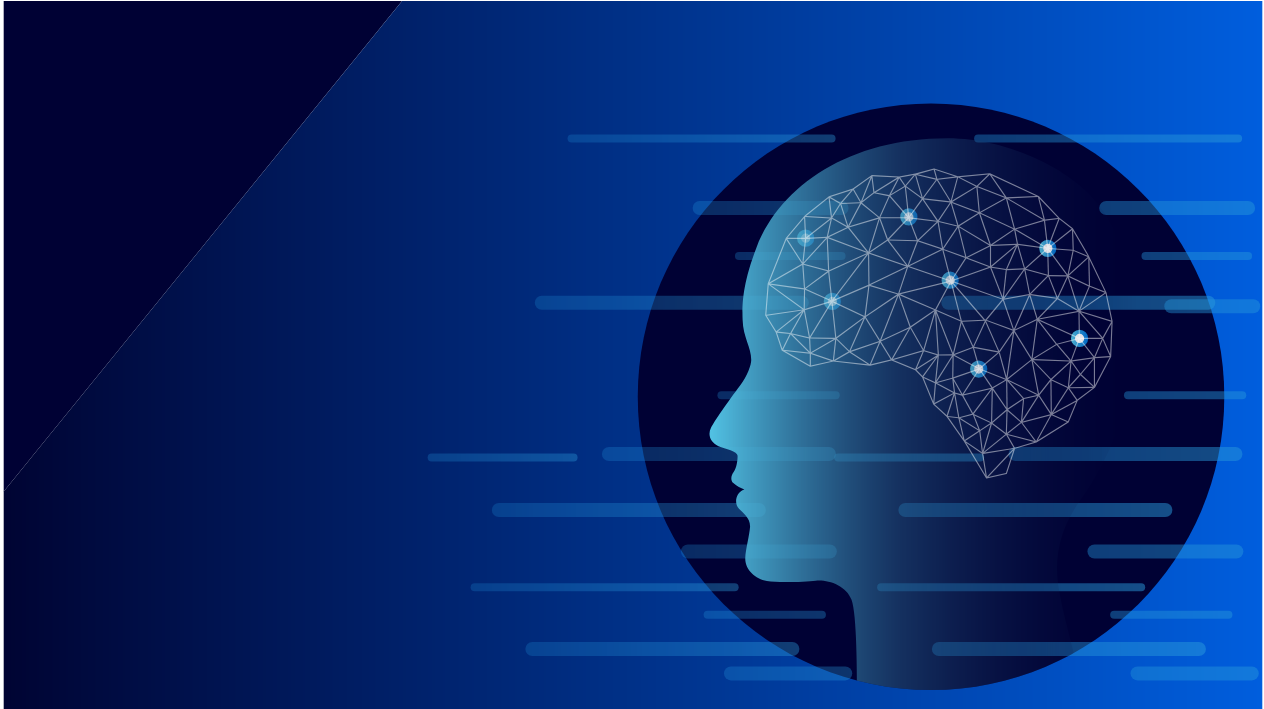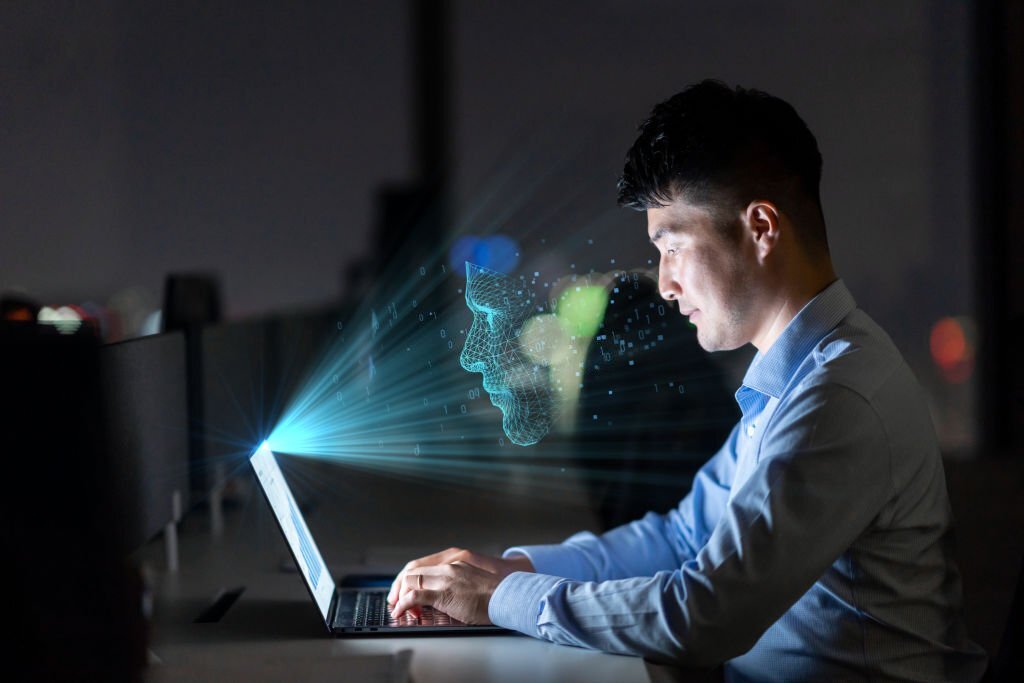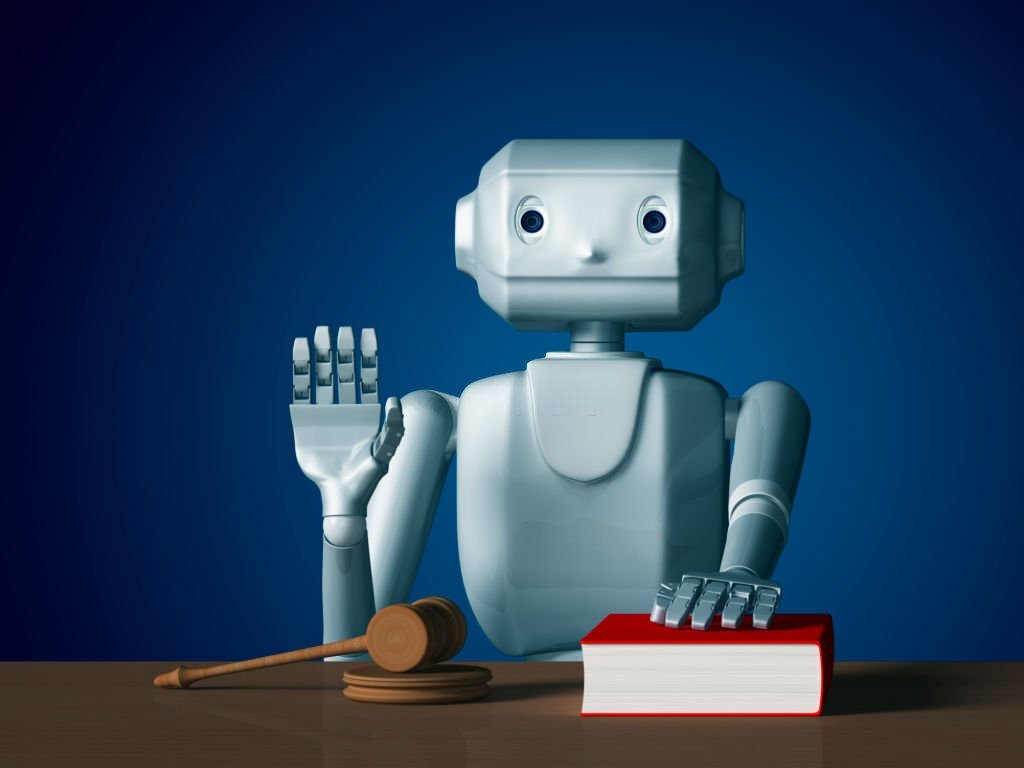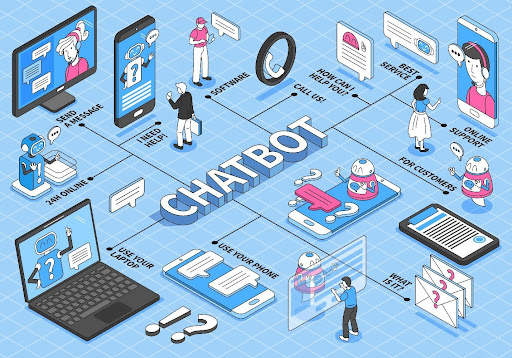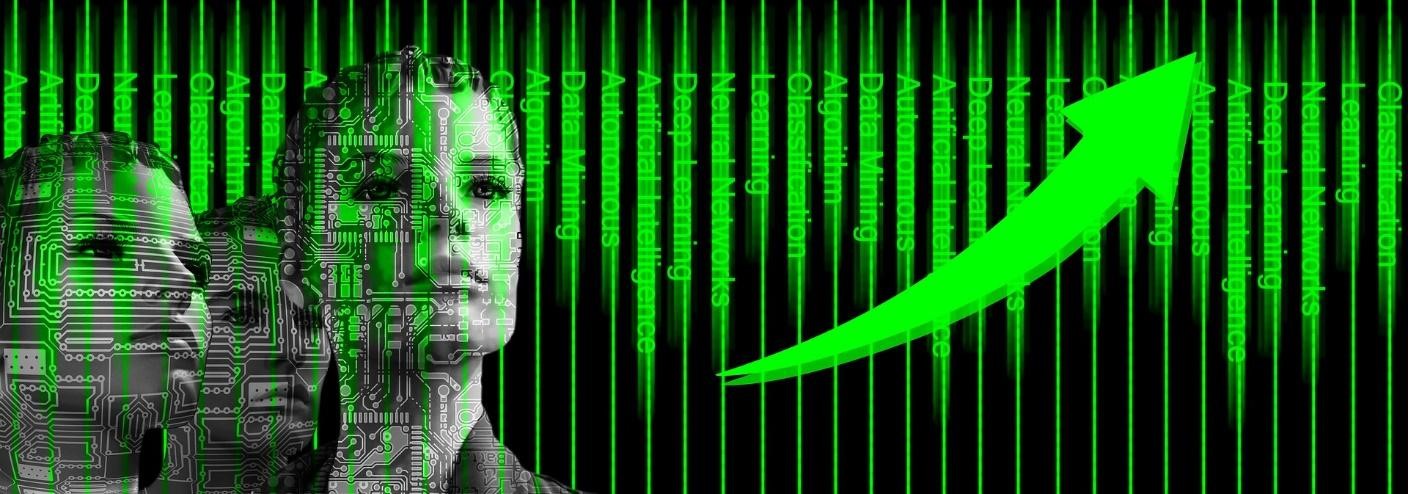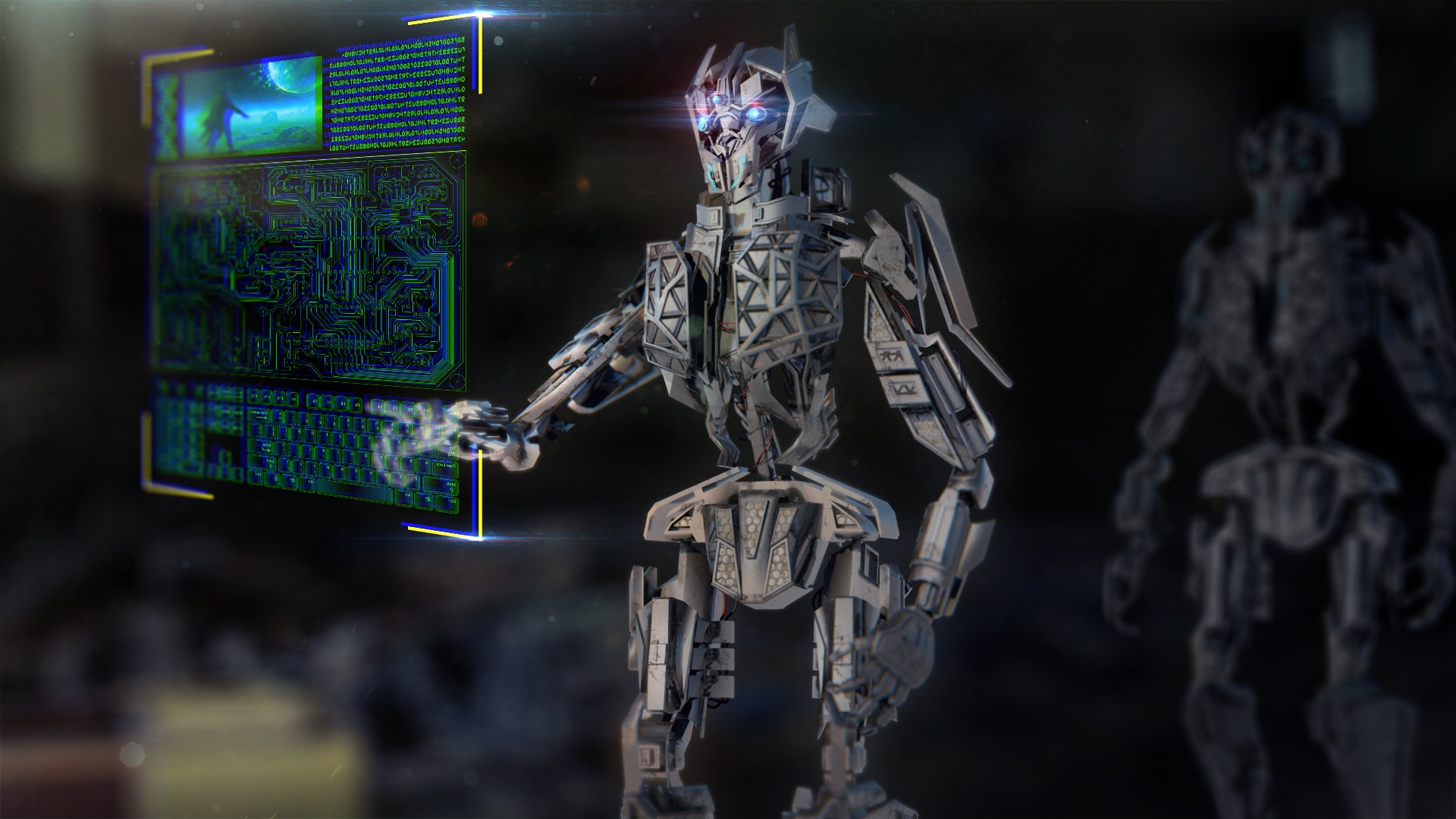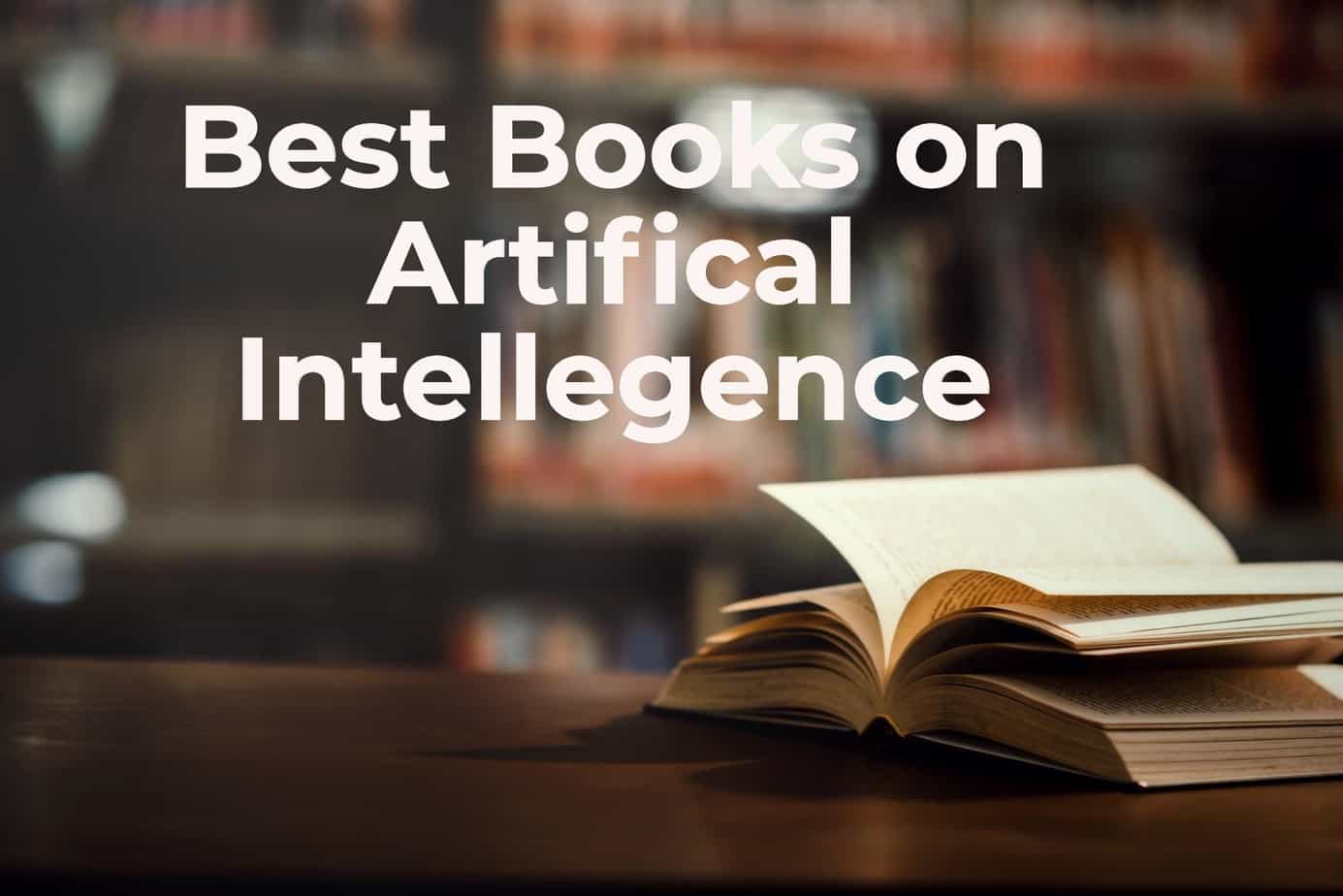The question of whether machines can be truly creative is a complex and controversial one, and opinions on this matter vary among experts and the general public. However, there are a few key points to consider.
On one hand, it is undeniable that AI algorithms are capable of producing outputs that can be considered creative, such as music, art, and literature. These algorithms use complex mathematical models to analyze patterns and generate new content based on the data they have been trained on. In some cases, the outputs are impressive and can even be mistaken for the work of human artists.
On the other hand, creativity is a complex human trait that involves a range of cognitive processes such as imagination, intuition, and emotional intelligence, which are not yet fully understood. Some argue that machines, no matter how advanced, cannot replicate the complexity and nuances of human creativity, as they lack consciousness and subjective experiences.
Moreover, there is an ongoing debate on the definition of creativity itself. Some argue that creativity is not just about producing novel or original content, but also about the intent behind it, the emotional impact it has on the audience, and the cultural and social context in which it is produced. Others believe that creativity is a universal trait that can be objectively measured and compared across different mediums and cultures.
In conclusion, while machines can certainly produce outputs that can be considered creative, the debate on whether they can truly be creative is ongoing and likely to continue as technology advances and our understanding of human creativity deepens.
The Capabilities of AI
The question of whether machines are truly creative is a complex and philosophical one that has generated a lot of discussion in recent years. While AI systems are certainly capable of producing outputs that can be considered creative, whether or not they are truly creative is still a matter of debate.
Creativity is a complex human trait that involves not just the ability to produce novel and original work but also the ability to understand and navigate social and cultural contexts. Human creativity is also often driven by emotions and motivations that are unique to individuals, which makes it difficult to replicate artificially.
While AI systems can certainly produce outputs that are impressive and indistinguishable from human-created work, they are ultimately limited by the data they have been trained on and the algorithms they are based on. They lack the subjective experiences and consciousness that are integral to human creativity.
Moreover, there is an ongoing debate over what constitutes creativity. Some argue that creativity is not just about producing novel or original content, but also about the intent behind it, the emotional impact it has on the audience, and the cultural and social context in which it is produced.
In conclusion, while machines can certainly produce outputs that can be considered creative, whether or not they are truly creative is still a matter of debate. As AI technology continues to advance, the boundaries between human and machine creativity may become increasingly blurred, and the definition of creativity itself may evolve to encompass new forms of output.
The Limitations of AI
While computers can generate new and original ideas and produce outputs that can be considered creative, their creativity is limited by the algorithms and data sets they have been trained on. Computers lack the ability to think creatively in the same way that humans do, as they do not have consciousness, emotions, and subjective experiences that are integral to human creativity.
Additionally, creativity often involves the ability to make connections between seemingly unrelated ideas, to imagine and empathize with different perspectives and experiences, and to express oneself in unique and meaningful ways. These are aspects of creativity that computers currently lack.
However, it is worth noting that as AI technology advances, researchers are exploring ways to make computers more creative and to enhance their capacity to generate original ideas. This may involve developing algorithms that can incorporate more randomness and unpredictability into the creative process or creating systems that can learn and adapt to new data and contexts. Nonetheless, the question of whether machines can truly be creative in the same way that humans are is still a matter of debate.
The Future of AI and Creativity
As AI technology continues to evolve and improve, machines may become more proficient at performing creative tasks. However, it is unlikely that machines will ever fully replace human creativity or the human creative process.
Human creativity is driven by a range of cognitive and emotional processes, including intuition, imagination, emotion, and experience, that are difficult to replicate artificially. The human creative process also involves subjective decision-making and an awareness of the cultural and social contexts in which the creative work is produced.
Therefore, AI’s greatest potential in the creative process may lie in its capacity to support and enhance human creativity. AI algorithms can be used to analyze and generate insights from large data sets, provide inspiration and generate ideas, and assist with the technical aspects of the creative process. By augmenting human creativity with AI, creators may be able to achieve greater efficiency and produce more innovative and impactful work.
Wrapping-up
The question of whether machines can truly be creative is a complex one that involves philosophical, scientific, and cultural considerations. While machines can produce outputs that are impressive and indistinguishable from human-created work, they lack the emotional depth, subjective experiences, and consciousness that are integral to human creativity.
As AI technology continues to develop, it is crucial to recognize and value the unique contributions of humans in the creative process. Machines can be used as tools to complement and enhance human creativity, rather than replace it. By combining the strengths of both humans and machines, creators may be able to achieve greater efficiency, generate new and innovative ideas, and produce work that is more impactful and meaningful.
